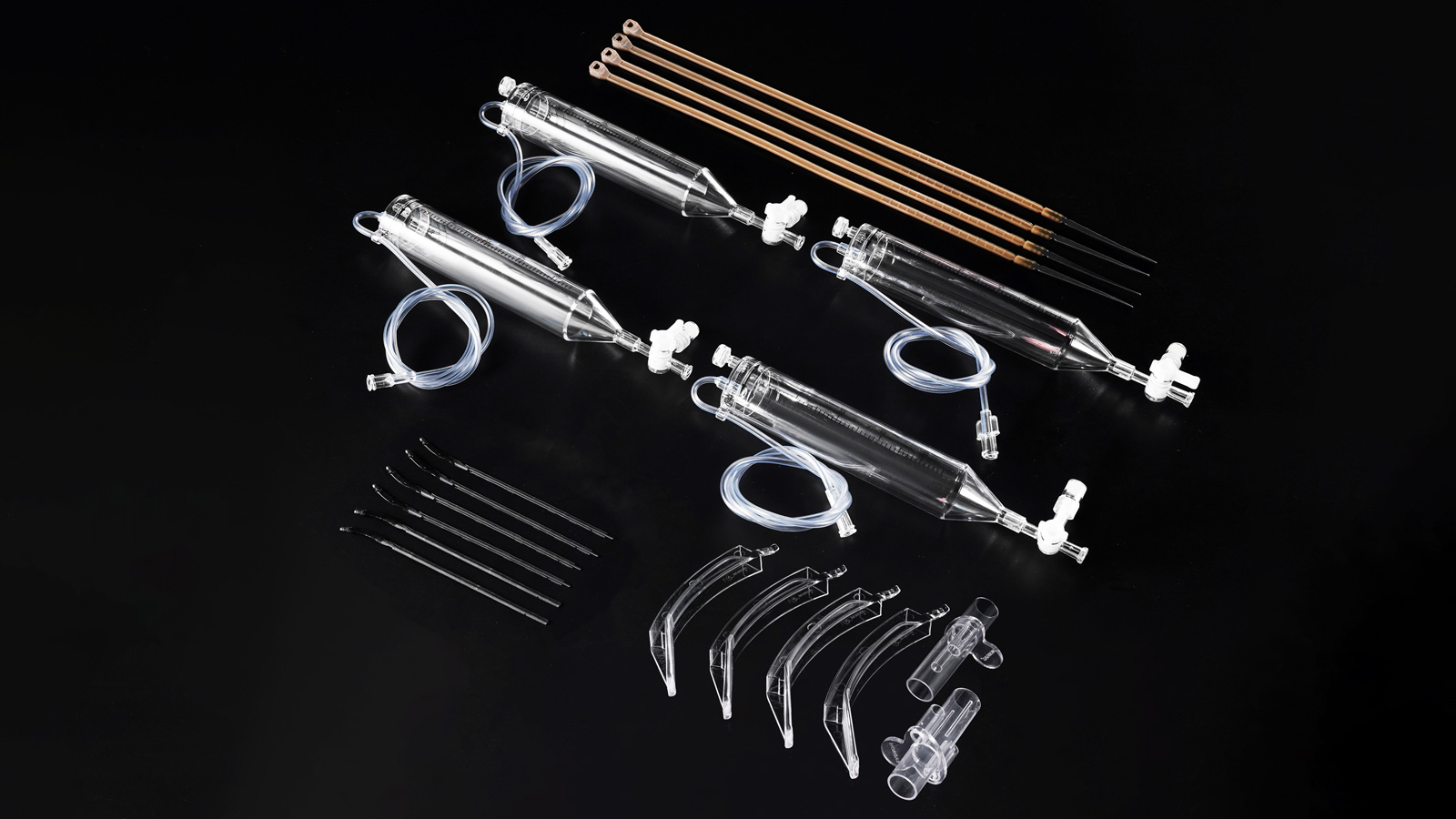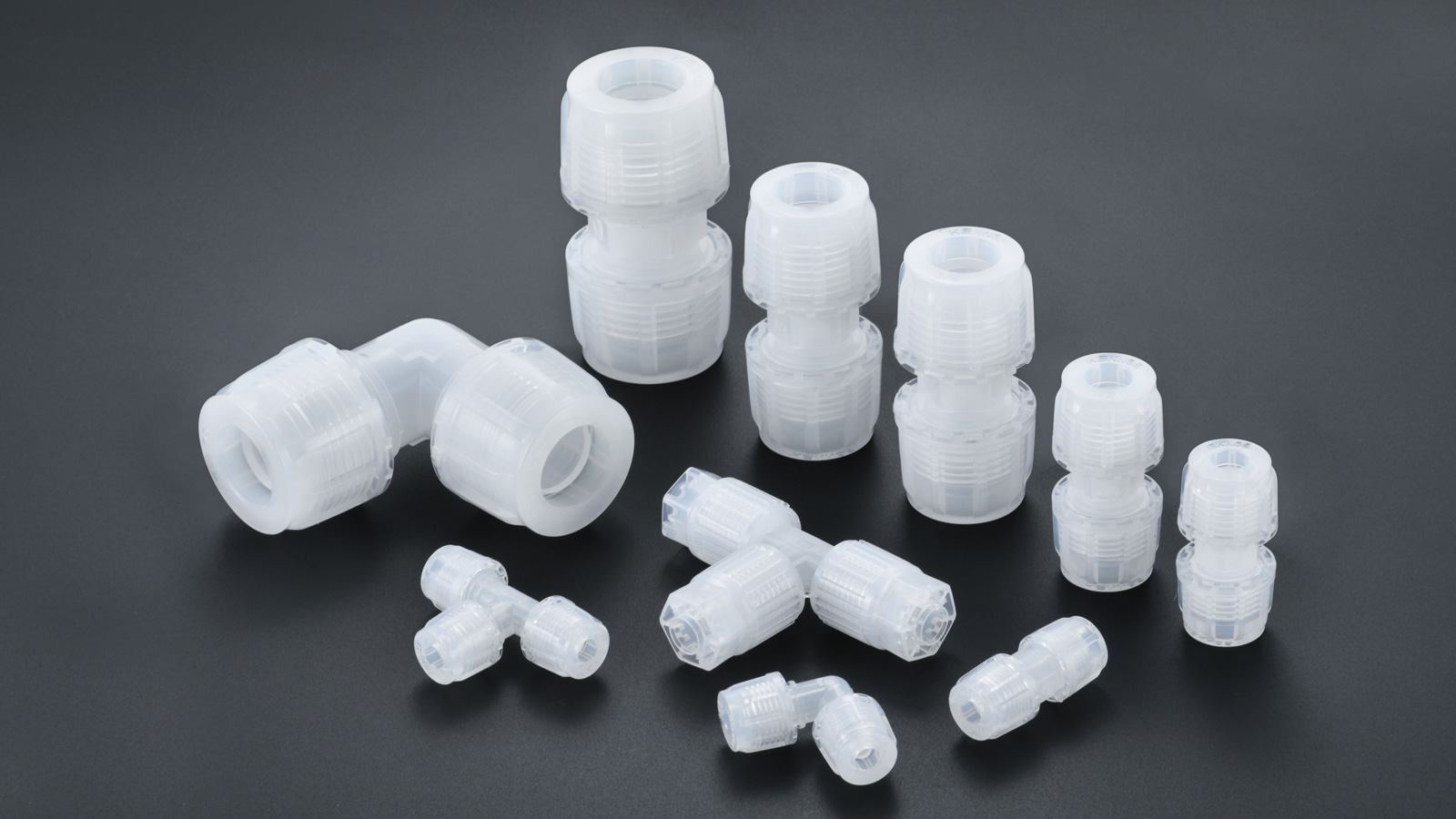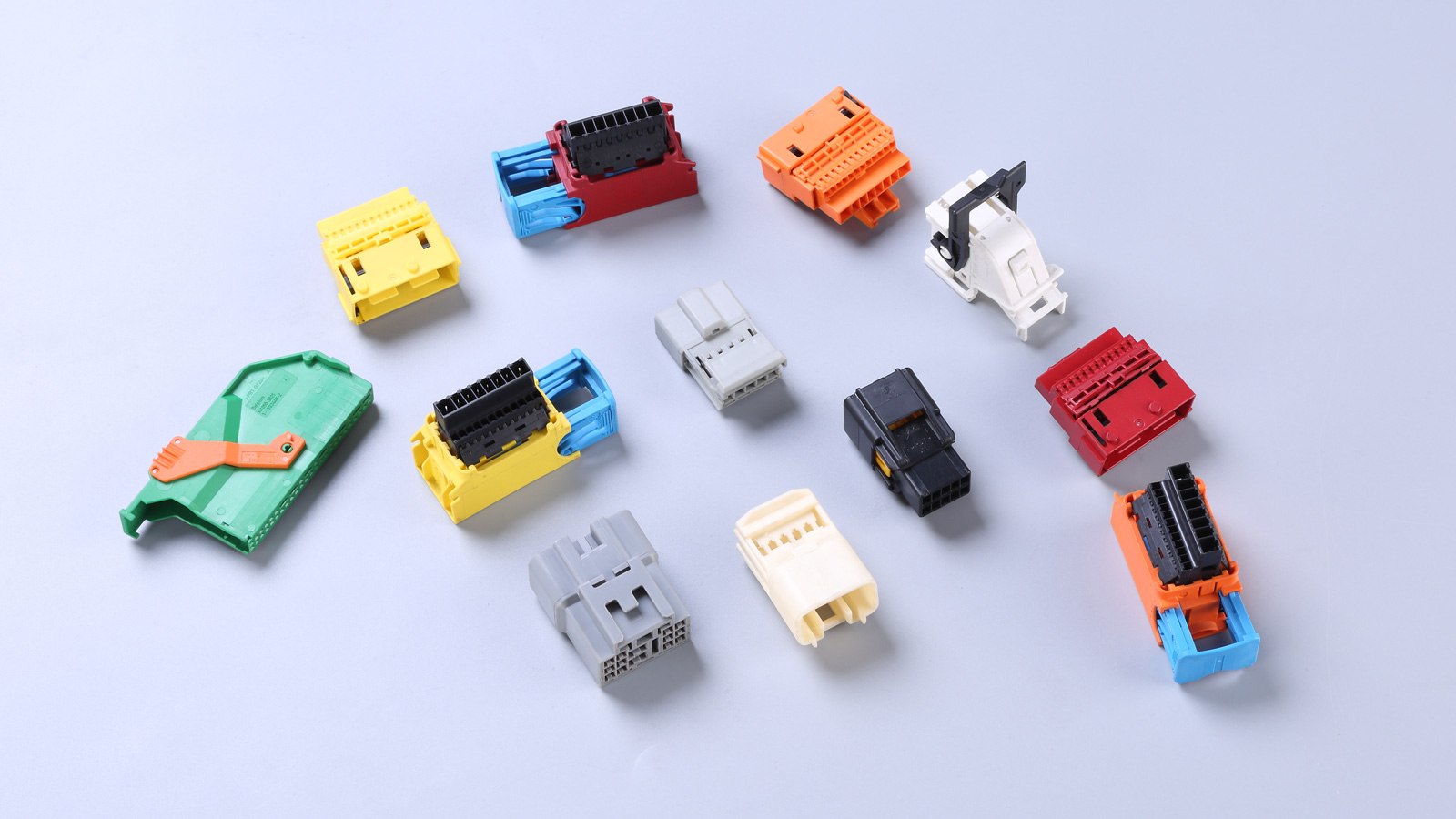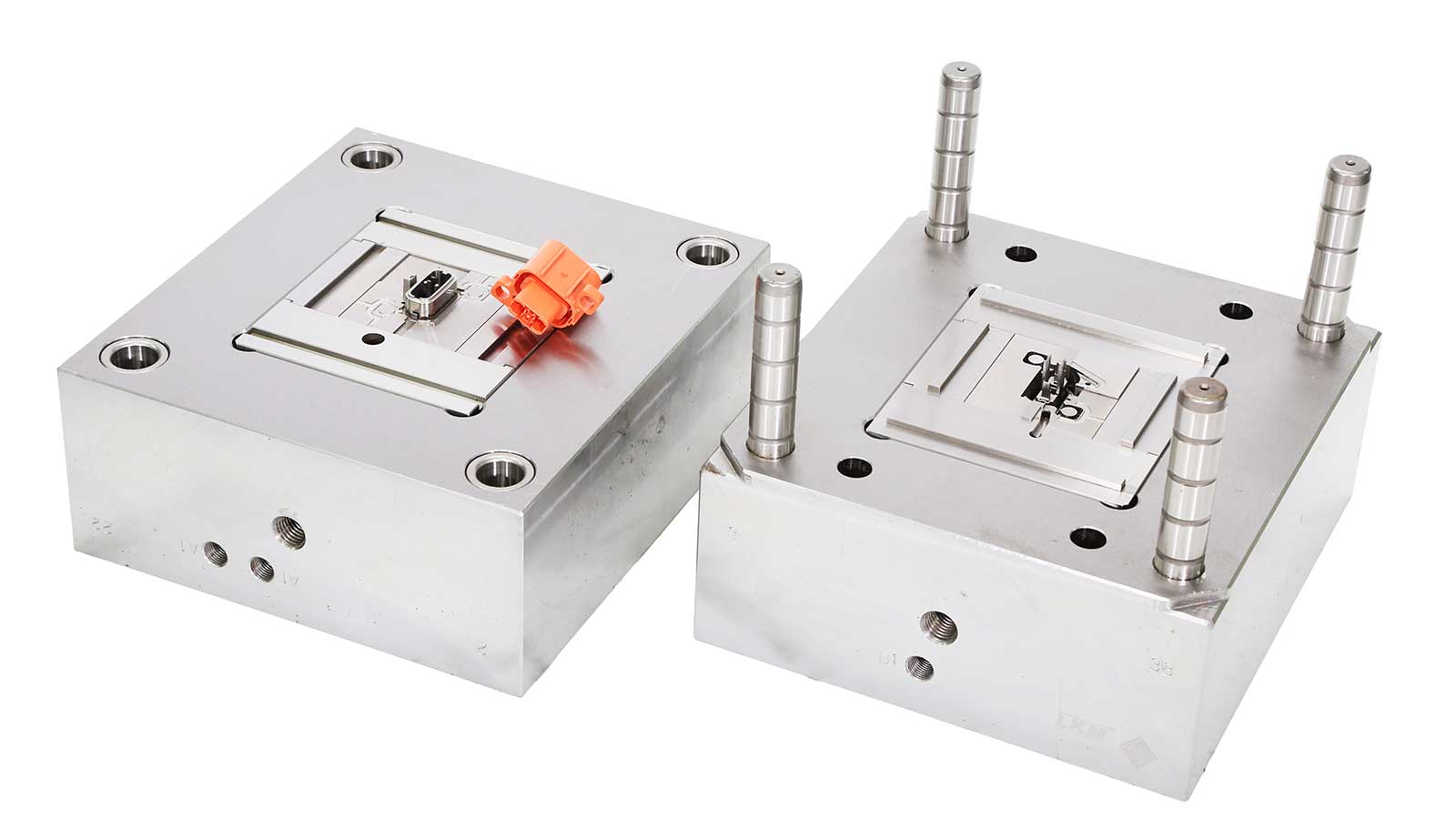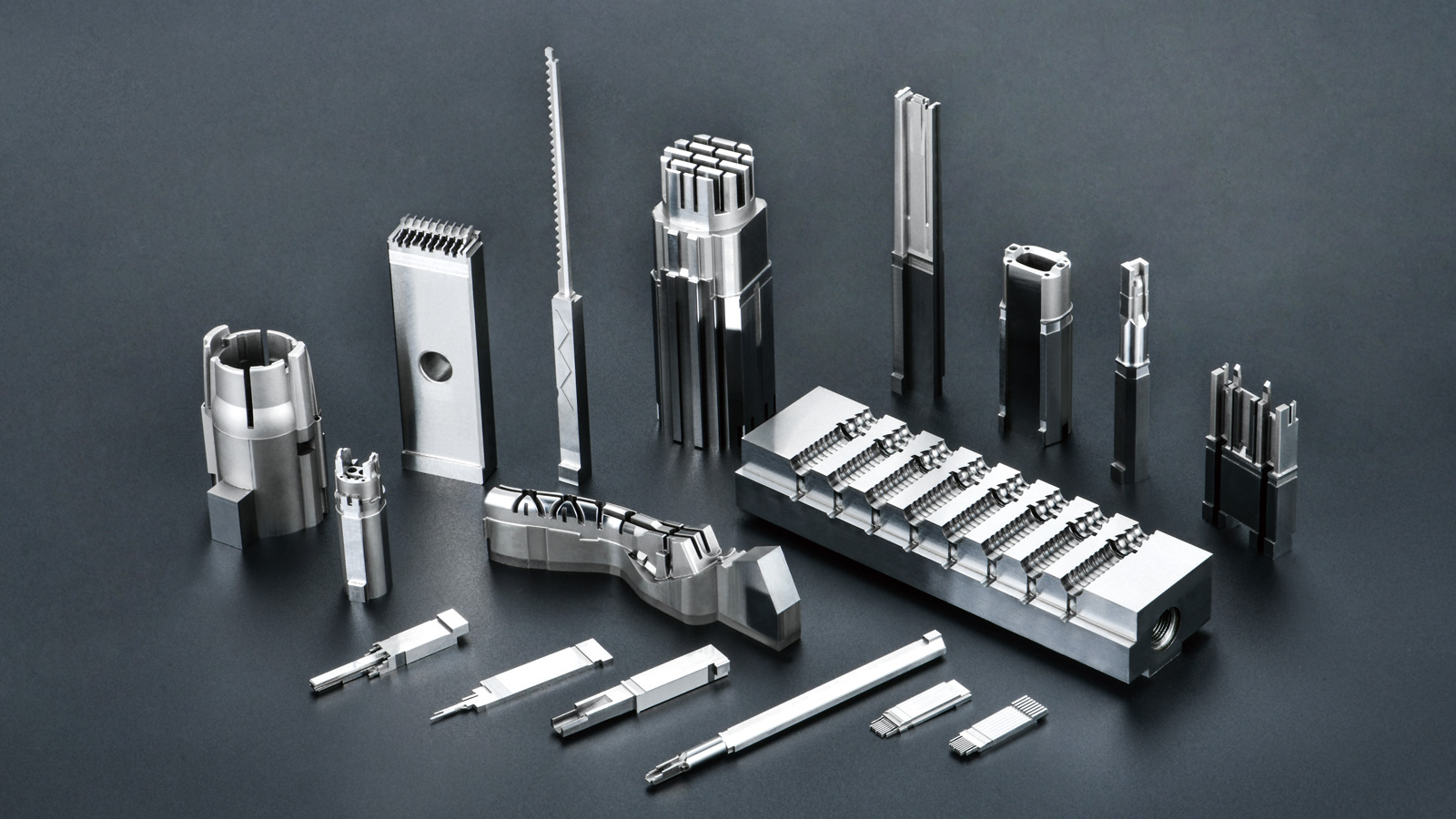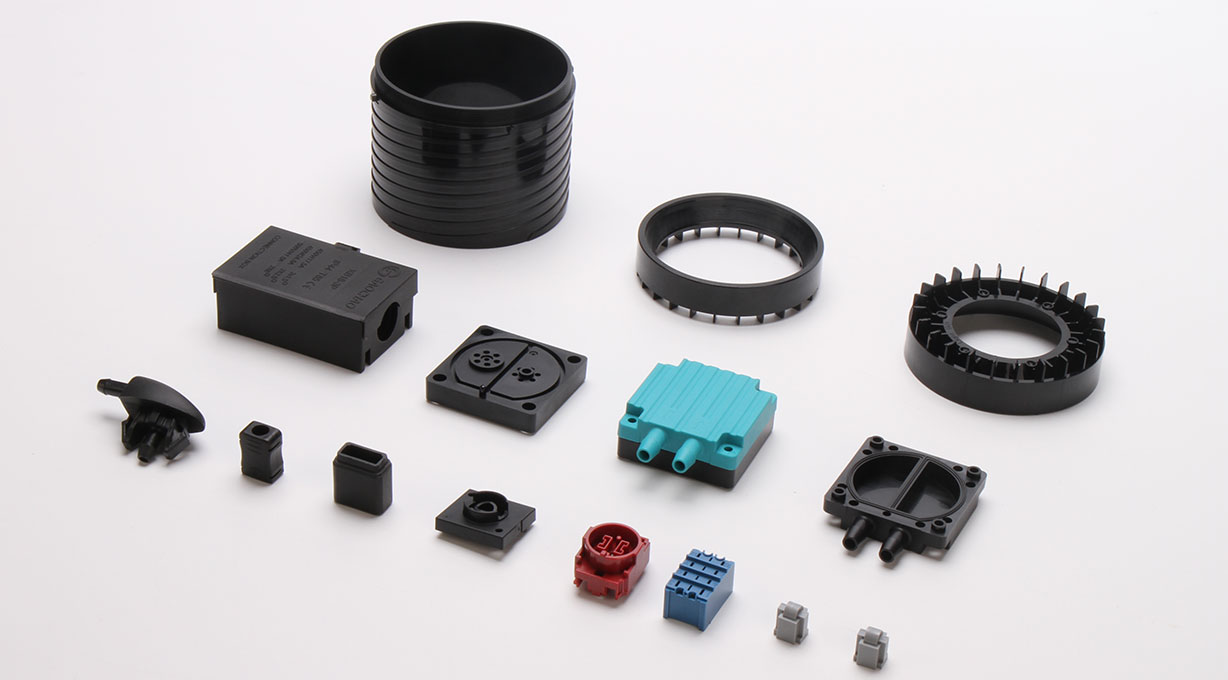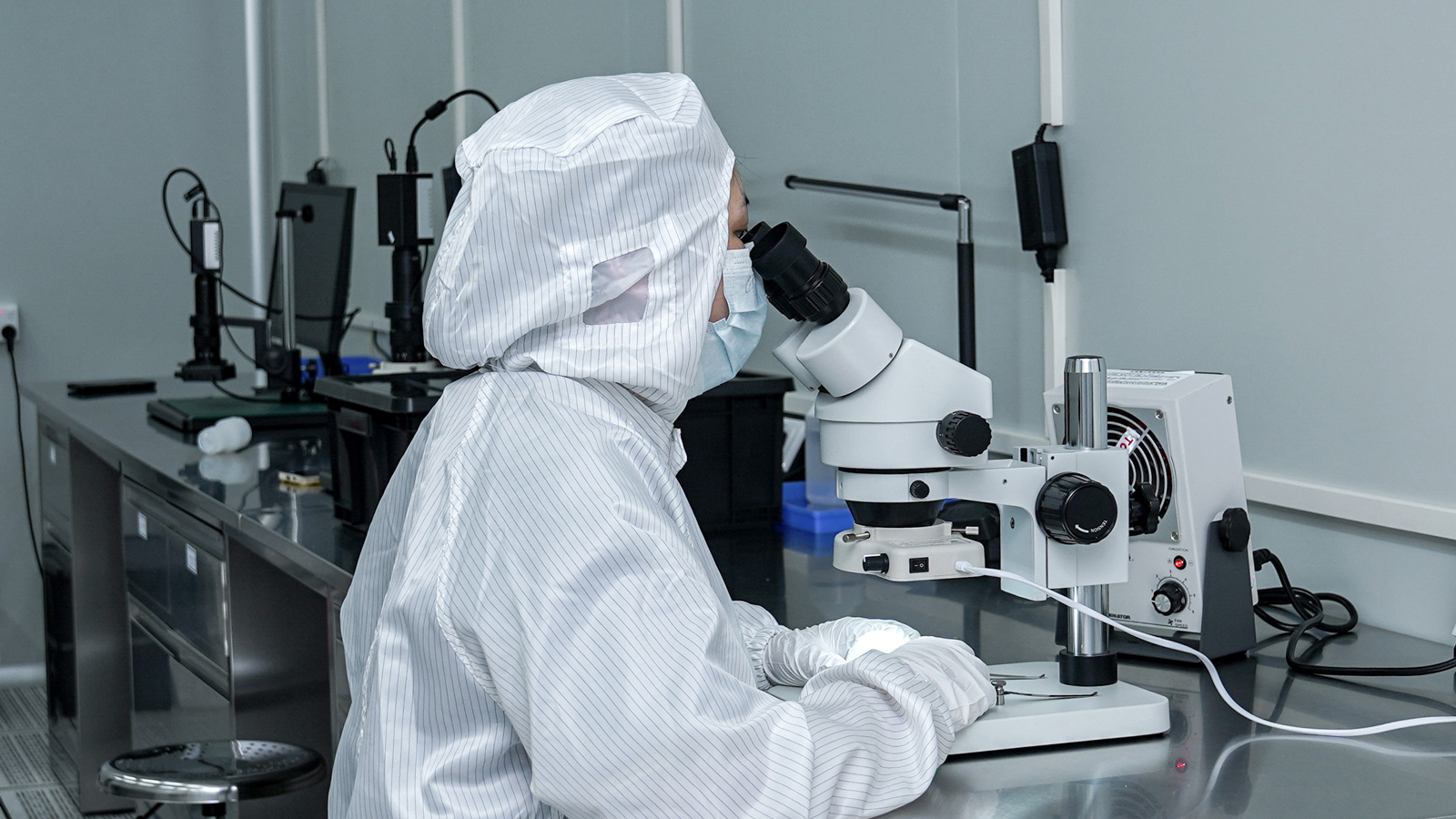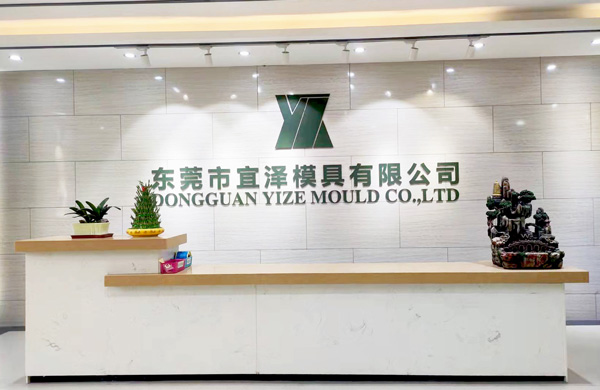Among the numerous methods for producing plastic products, injection molding stands out as one of the most widely used approaches due to its high efficiency and precision. However, in the actual precision injection molding process, the occurrence of burn marks on plastic products is not uncommon. This issue not only significantly affects the appearance quality of the products but may also reduce their performance and service life. Although this problem seems simple, it is closely related to the mold manufacturing process. The following will analyze the underlying reasons in detail.
Improper Temperature Control of the Injection Molding Machine
The temperature control of the injection molding machine is a crucial link in the precision injection molding process. When the temperature of the injection molding machine exceeds the appropriate melting point range of the plastic, the plastic will burn due to overheating, resulting in burn marks. This situation is often closely related to the skill level of the operator and the operating status of the machine.
On the one hand, improper operation is a common factor leading to excessive temperature. Some operators may not be familiar enough with the temperature control system of the injection molding machine. When setting parameters, they fail to accurately grasp the melting point characteristics of the plastic, resulting in an excessively high temperature setting. Or, during the production process, they do not make timely dynamic adjustments to the temperature according to factors such as the type and batch of the plastic as well as the ambient temperature, causing the temperature to remain high and triggering plastic combustion.
On the other hand, machine failures can also cause abnormal temperatures. Components such as the heating elements and temperature control sensors of the injection molding machine may experience aging or damage after long-term use, leading to temperature control malfunctions. For example, a short circuit in the heating element will increase the heating power and cause a rapid temperature rise; a malfunctioning temperature control sensor will fail to accurately feedback the actual temperature, preventing the system from adjusting the heating power promptly, ultimately resulting in excessive temperature and burn marks.
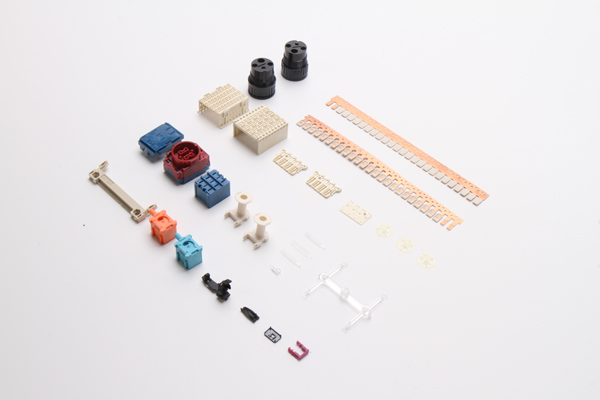
Poor Quality of Materials
The quality of materials is a fundamental factor affecting the quality of plastic products. If the plastic raw materials themselves contain impurities or are impure, burn marks are likely to occur during processing.
The sources of impurities in plastic raw materials are diverse. They may be foreign objects such as dust and fibers mixed in during the production process, or they may be contaminated during storage and transportation. These impurities interfere with the flow and uniform heating of the plastic during the injection molding process, causing local overheating and triggering combustion to produce burn marks.
In addition, if the plastic contains metal impurities, the problem will be more serious. When metal parts in the injection molding machine come into contact with plastic containing metal impurities, due to the good thermal conductivity of metals, the local heat transfer and accumulation will be accelerated, causing the temperature of the plastic in that area to rise rapidly and exceed its combustion point, resulting in obvious burn marks. Moreover, metal impurities may also cause wear and tear on the metal parts of the injection molding machine, affecting the normal operation and service life of the equipment.
Flaws in Mold Design and Manufacturing
The design and manufacturing quality of the injection mold play a decisive role in the molding effect of plastic products. Unreasonable mold design or defects in the manufacturing process can lead to uneven heating of the plastic during the injection molding process, resulting in burn marks.
From the design perspective, the design of the mold’s runner system is crucial. If the runner dimensions are improperly designed, such as being too narrow or too long, it will cause significant resistance to the flow of the plastic, resulting in uneven flow rates. In some areas, the plastic flows slowly and stays for a long time, leading to overheating and burn marks due to excessive heating. In addition, an unreasonable design of the mold’s cooling system will also affect the cooling effect of the plastic. If the layout of the cooling water channels is unscientific and the cooling efficiency is low, the cooling time of the plastic in the mold will be inconsistent, causing different shrinkage rates of different parts of the product. Under the action of internal stress, defects such as cracks or burn marks may appear on the surface of the product.
During the manufacturing process, the processing accuracy and surface quality of the mold also affect the quality of plastic products. If the surface roughness of the mold cavity does not meet the requirements and there are defects such as scratches and pits, the flow of the plastic during cavity filling will be obstructed, resulting in uneven flow. At the same time, a rough surface will also increase the friction between the plastic and the mold, causing the local temperature to rise and making it prone to burn marks. In addition, insufficient processing accuracy of the mold, such as excessive dimensional deviations of the cavity and unreasonable mating clearances, will also affect the molding quality of the plastic, leading to defects such as burn marks on the product.
In conclusion, the reasons for the occurrence of burn marks on plastic products in the precision injection molding process are multifaceted, involving temperature control of the injection molding machine, material quality, and mold design and manufacturing. To effectively solve this problem, manufacturing enterprises must attach great importance to the mold manufacturing process, strictly control the temperature parameters of the injection molding machine, select high-quality and pure plastic raw materials, and continuously optimize the design and manufacturing quality of the mold. Only in this way can they produce plastic products with beautiful appearance and excellent performance and enhance their market competitiveness.
